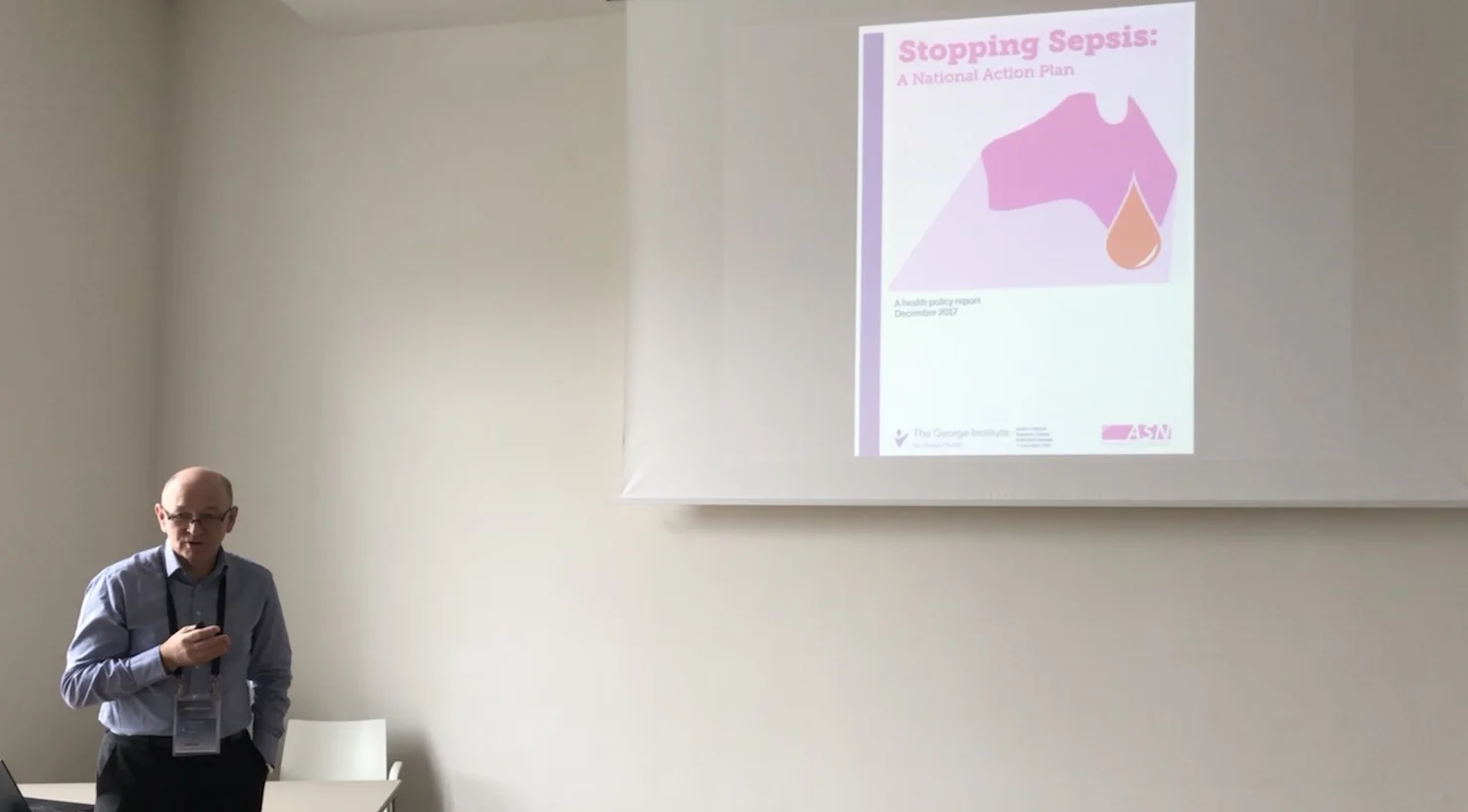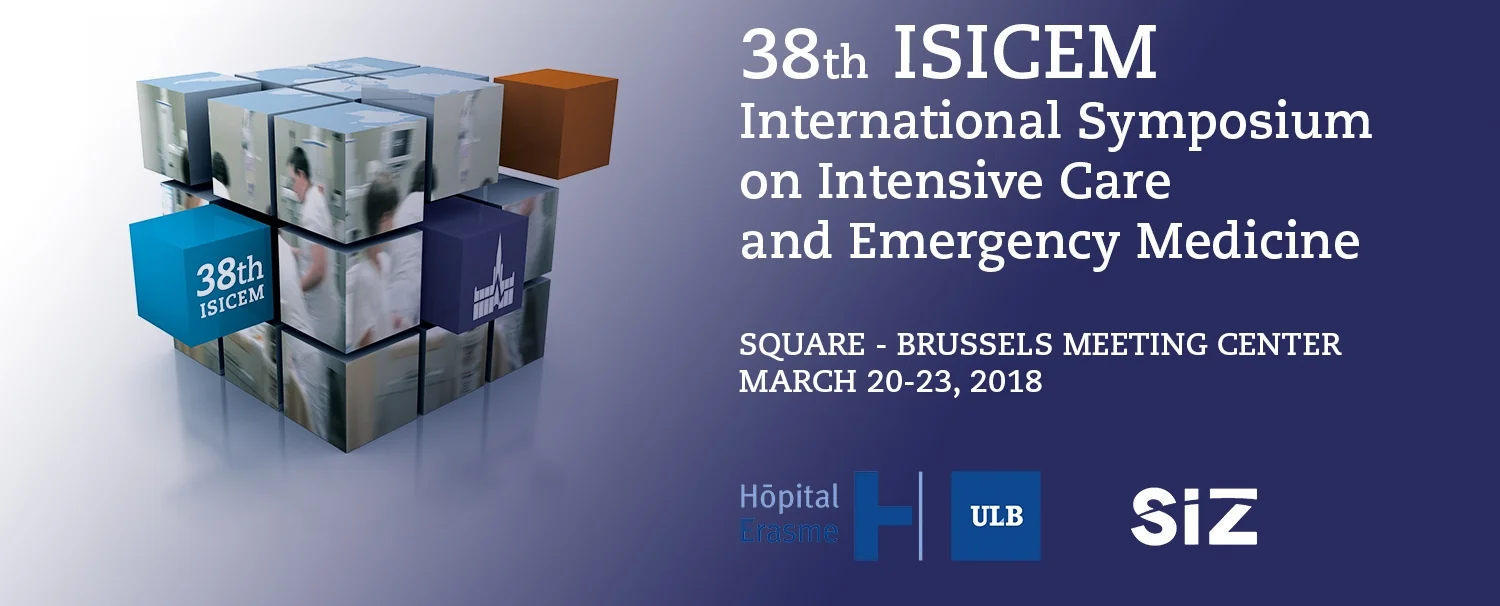Before we lost our precious son Thomas, we had a very limited amount of knowledge about sepsis. It was a medical condition that we were vaguely aware of – something that we had never in our lives dreamt of being faced with. The terrifying fact is, sepsis is real, it is serious and it can kill. Looking back, there were perhaps one or two warning signs with our little angel. But to be honest, those signs could so easily be confused with other things. It is so hard to see those signs unless you are a trained expert. But there are precautions that you can take with a little bit of insight and knowledge.
On Thursday June 1st, 2017, I said goodbye to my little boy for the last time before I headed to work. Completely oblivious as to what the next few hours would bring and how they would change my life forever.
Thomas was a happy, lively little boy. He was so independent and clever. He reached all of his milestones early on – he rolled over at three and a half months, sat up at five months, crawled at six. By the age of one there was a long list of words that he was able to say. He was beginning to form simple sentences. At eighteen months he could climb a jungle gym with little assistance and happily go down the slide on his own. We often wondered if he was musically gifted. He had a natural rhythm and could clap along to most songs. If a song that he knew and loved started playing he would drop everything and start dancing. From as early on as when he was in my womb I would play music for him. He loved it. The list was endless. We were so proud of his abilities, we never in our wildest dreams thought we would be faced with such a nightmare as losing him. He was so determined, so strong…
Yes, he did succumb to ear infections and colds, runny noses and the like. That was part of going to creche and exposing his immune system to bugs. My worst enemy was his high fevers, they absolutely terrified me. He once had a seizure and we had to race him to the emergency room, something which is an extremely awful thing to witness as a parent. From that moment on, I was constantly on “fever alert”. We spent a lot of time taking Tom to doctors and pediatricians. Two days before he died, I took him to a renowned ENT specialist in our suburb. He checked him thoroughly and assured me that everything was fine and Thomas appeared to be a healthy little boy. Whatever infection our son had, it took him in a matter of hours.
The evening before this catastrophic event, Tom did seem a little ratty and restless. He played a little on the kitchen counter next to me as I cooked supper and seemed to take an enjoyment in throwing pieces of dried spaghetti on the floor and waiting to see my reaction. He did not want to eat, as much as we tried to encourage him. He seemed clumsy almost, he hit his head on the dinner table as he struggled to get off my knee.
“He’s coming down with something”, we thought. “Either that or he’s teething”. He settled down to bed with a bottle and a cuddle. There was no fever at that point in the evening. No other signs of anything being seriously wrong. It was after midnight that he awoke with a raging temperature and I was ready for it with suppositories and neurofen.
After much deliberation the next day, deciding whether to stay at home with him or take him to my Mums, I decided on the latter. “I’ll take him to the doctors this afternoon if he still isn’t well”, I thought.
I kept in touch with my mother throughout the morning. Although Thomas had been tired after a restless night, he perked up when he saw his grandparents. He played in the kitchen with his toy cars, he even ate all of his porridge. As his mid-morning nap approached, my Mum sat with him to watch C-Beebies. She noticed that he had grown tried all of a sudden and seemed a little pale. He just needed a good nap. He almost flopped into her arms as she carried him to bed. A slightly lower than normal temperature had been confirmed when I phoned her at approximately 10 am. She said his feet had felt cold so she covered him in a fleecy blanket, it was the middle of winter. None of us had any idea that these were serious signs that something was wrong.
The rest of that day is a blur in my mind. I was told a few hours later that our beloved son had passed away in his sleep. The most devastating day of my life. Nothing will ever replace this hopeless feeling of loss. It is one dark, empty void.
What does give me some amount of peace is writing about my son, as well as spreading awareness for this awful condition. In order to potentially save a life, one needs to know the facts regarding sepsis.
- Anyone can develop sepsis, but it is more common in young children or the elderly.
- Sepsis can develop from many different things, an infection inside the body, such as a chest infection. It can also be caused by an injury such as a deep cut that was never cleaned or treated properly. It can be caused by a virus (which is what we think happened to Thomas), but more commonly from bacteria.
- The warning signs are usually a sudden change in vitals, such as a drop in blood pressure and temperature, the patient may seem confused and “out of it”, dizziness and chills, fast breathing or shortness of breath.
- Sepsis can be treated if detected early enough with intravenous antibiotics.
- Patients can make a full recovery if treated on time.
Our son had only two possible indications of this: the sudden drop in temperature and the drowsiness just before he went to sleep.
If you think something is wrong, trust your instincts. A blood test can be performed to detect things like infection. Do not be afraid of looking like you are an overly protective parent. Sepsis took our little boy within 24 hours. If you can prevent a friend or loved one from going through this agony, it is worth it just to read up on this condition.
I will never again hold my little boy in my arms, I will never again hear his sweet voice or watch him dance or kick a ball. He will however, be forever a beautiful not quite two – year old in my mind. When I hear the introduction to the song “September”, I am instantly reminded of him. He was carefree and happy just as the song is. My little music man, my shining star in the sky.




































































































































